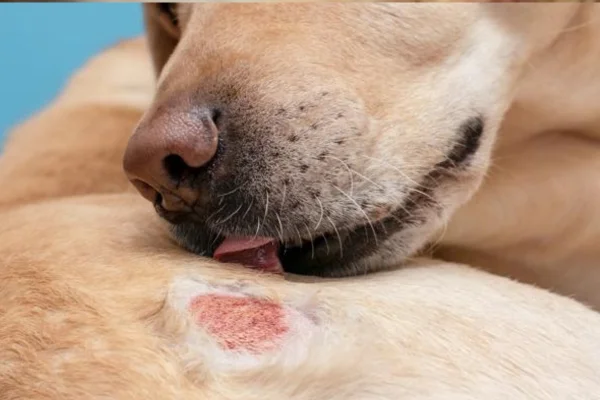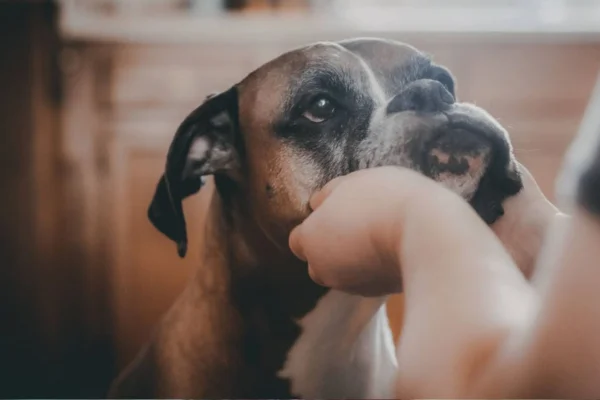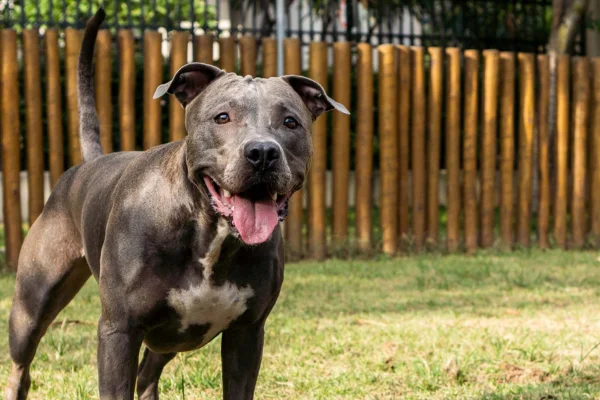Understanding Flea Allergy Dermatitis in Dogs: Symptoms and Treatments
Flea Allergy in Dogs - The relationship between a dog and its owner is built on love and care, and an essential part of that care is ensuring that our four-legged friends remain healthy and happy. However, dogs are subject to a number of conditions that can affect their health, one of the most common being Flea Allergy Dermatitis (FAD). This article will explore in detail what DAPP is, its symptoms, causes, and the different treatment approaches available for this condition.
What is Flea Allergy Dermatitis?
Flea Allergy Dermatitis, also known as FAPD, is an allergic reaction to flea saliva. When a flea bites a dog, it injects a small amount of saliva into the animal's skin. In dogs that are sensitive or allergic to this saliva, this can trigger a severe allergic response. This response is not proportional to the number of fleas present; even a single bite can be enough to trigger an intense reaction in an allergic dog.
DAPP Symptoms in Dogs
The symptoms of DAPP can vary from dog to dog, but there are some common signs that owners should look out for:
Contents
- Intense itchingOne of the clearest signs that a dog may be suffering from PADD is incessant itching. Dogs may scratch, bite or lick the affected area in an attempt to relieve the irritation.
- Hair lossConstant itching and biting can lead to hair loss, especially in specific areas such as the base of the tail, the back of the hind legs and the abdomen.
- Skin lesionsThe skin can become red, inflamed and have small scabs due to excessive biting and itching. These areas can be entry points for secondary bacterial infections.
- Changes in behaviorDogs with DAPP may show changes in behavior, such as restlessness, irritability and difficulty sleeping due to the constant itching.
Causes and Diagnosis
The main cause of PADD is the presence of fleas. Even if a dog is flea-free most of the time, a single bite from an occasional flea can trigger the allergic reaction. Diagnosing PAPD can be a challenge, especially in the early stages when symptoms can be confused with other dermatological conditions.
An accurate diagnosis usually involves a thorough physical examination by the vet, including a detailed assessment of the dog's medical history and possible exposure to fleas. In addition, allergy tests or skin biopsies may be recommended to confirm the diagnosis and rule out other conditions.
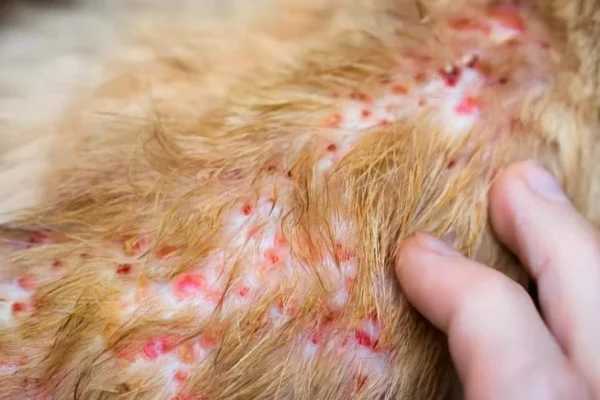
Treatment of PAD
Treating PAD involves two main approaches: controlling flea infestation and managing allergic symptoms.
Flea control
- Topical treatmentsTopical products, such as pipettes and sprays, are one of the most common forms of flea treatment. They are applied directly to the dog's skin and act quickly to kill existing fleas and prevent new infestations.
- Oral medicationThere are chewable tablets available that offer prolonged protection against fleas. These medicines not only eliminate fleas quickly, but also interrupt the flea life cycle by preventing the laying of eggs.
- Environmental controlIn addition to treating the dog, it is crucial to treat the environment in which it lives. Regularly vacuuming carpets and furniture, washing the animal's bedding and using specific products to eliminate flea eggs and larvae from the environment are important steps to prevent re-infestation.
Management of Allergic Symptoms
- Antihistamines and corticosteroidsTo relieve itching and inflammation, antihistamines or corticosteroids can be prescribed. These drugs help to reduce the allergic response and provide comfort for the dog.
- Treatment of secondary infectionsIf the dog's skin is infected due to biting and itching, topical or oral antibiotics may be necessary. This will help heal the skin and prevent further complications.
- Immunomodulatory therapiesIn severe cases of DAPP, therapies that modulate the dog's immune response can be considered. These can help reduce the dog's sensitivity to flea saliva in the long term.
DAPP prevention
Prevention is always the best approach when it comes to DAPP. Here are some tips to help keep your dog free of this annoying condition:
- Regular use of preventive flea treatmentsMaintaining a preventive treatment routine throughout the year is essential, especially if your dog spends a lot of time outdoors or lives in an area with a high flea infestation.
- Keeping the environment cleanA clean house is less likely to harbor fleas. Make sure you vacuum frequently and wash your dog's bedding regularly.
- Regular visits to the vetRegular visits to the vet are essential to ensure that your dog is healthy and to detect any health problems at an early stage.
DAPP's Impact on Dogs' Quality of Life
PADD not only causes physical discomfort, but can also significantly impact a dog's quality of life. Continuous itching and irritation can lead to behavioral changes, such as increased aggression or anxiety. In addition, constant discomfort can affect the dog's appetite and activity level, contributing to an overall reduction in the animal's well-being.
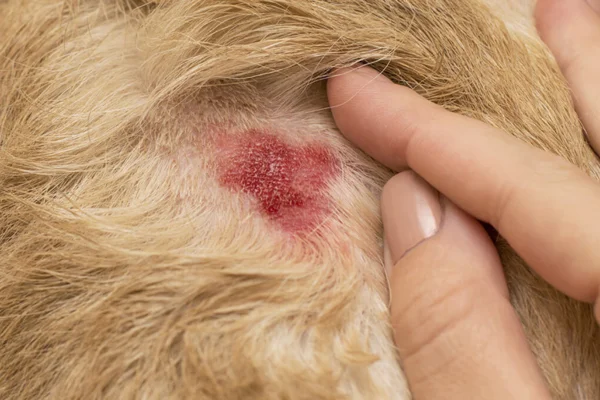
The Importance of Owner Education
In order to effectively prevent and treat PADD, it is essential that owners are well informed about the condition. This includes understanding the warning signs, the treatment options available and how to prevent future flea infestations. Owners should also be aware of the importance of early intervention to minimize the dog's discomfort and avoid secondary complications.
Conclusion
Flea Allergy Dermatitis is a common but treatable condition that can cause significant discomfort to dogs. With a proper treatment approach and preventative measures, it is possible to keep your furry friend happy and comfortable. If you suspect that your dog is suffering from DAPP, it is essential to seek veterinary advice for a proper diagnosis and treatment. Remember, your dog's health and well-being are in your hands.

